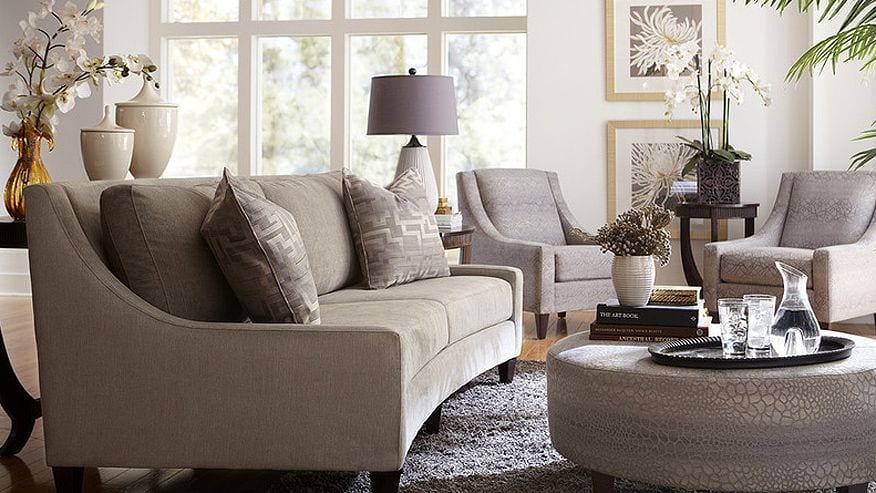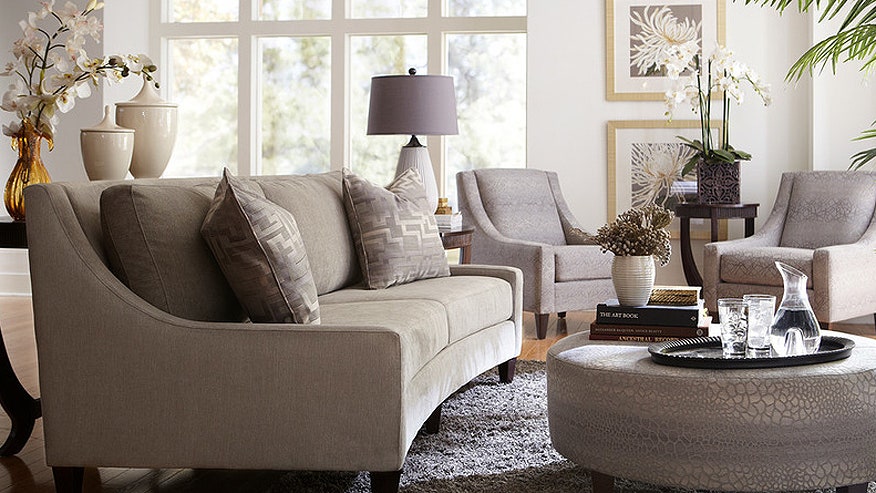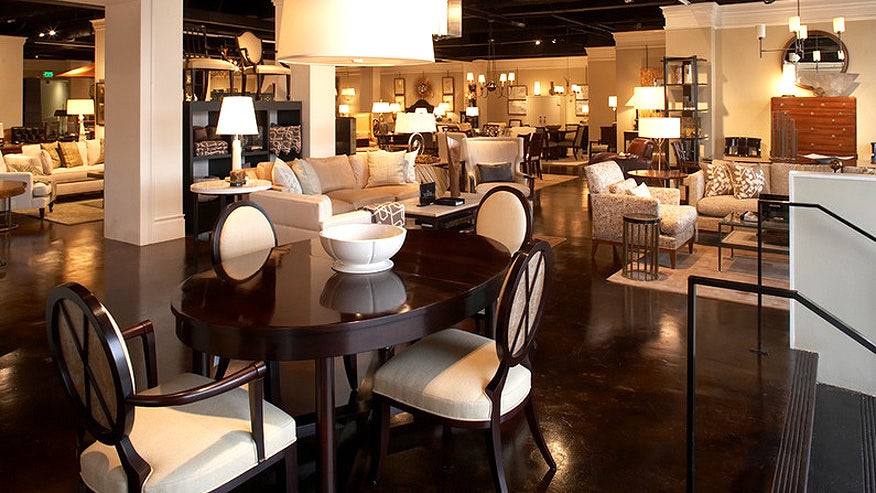Once youve decided what you want your home to look like, picked your colors, and figured out how much you can afford to spend, its time to turn your attention to furniture. Whether youre fresh out of college or entering your golden years, chances are, youve already accumulated some pieces. But should you keep them or start from scratch? Where should you go to buy the rest of the stuff you need? And how do you avoid making a mistake?
First, take a look at the furniture you already have. If a piece is cheap, get rid of it. If the style is dated, let it go unless it has sentimental value, in which case you might consider refreshing it with new upholstery or a new finish.
If youre still uncertain about whether to keep things, consider hiring an interior designer, even on just an hourly basis, to help you sift through your possessions and tell you whats worth saving. The decorator will see things through a different lens, says Allison Caccoma of Caccoma Interiors.
Once youve vetted your collection, you have one more step to complete before you start shopping. Dont purchase anything until you have the entire room worked out the rug, furniture, window treatments and lighting, says Caccoma. While its not necessary to identify the precise pieces, you should have a sense of what you want each piece to look like. In fact, you might even want to assemble a project board, with clippings of the kinds of pieces youre looking for.
People often make the mistake of buying an item, and then are locked into decorating the room around that one item, Caccoma says.
But how can you know what pieces you want until you get a sense of whats available? This is the time to do a little reconnaissance. Spend some time on Houzz and visit stores and antiques shops. Visit your local to-the-trade design center (most allow consumers to look, though not necessarily to buy) and get a sense of current styles, whats available and what you like. People need to broaden their horizons and just see whats out there, says designer Claudia Juestel of Adeeni Design Group.
Some designers advocate buying big pieces first. Whether you buy them first or last, its usually a good idea to keep those furnishings understated.Keep your fabrics a little on the neutral side, and then bring the color in on your walls and your throw pillows, advises Caccoma.
Comfort is critical. Dont be afraid to sink your money into seating.
Buy the best sofa you can afford, advises Juestel. Try to sit or lie on the piece before you buy, and if you can afford it, upgrade your cushions from solid foam to foam wrapped in down. If you do most of your sitting in the family room rather than the living room, spend the money on those pieces, instead of on pieces thatll never get used.
Upholstered pieces are a relatively large investment, so youll want things that will last through changes in your lifestyle and taste. As a rule, its best to go with simple, clean lines. And dont fret too much about whether furnishings will go together, Caccoma says. Generally speaking, if you like the pieces, theyll work together.
Pick something because you like it, she says. Dont worry about why and where its going to go.
Where you should shop, Juestel says, depends on your style, budget and quality expectations as well as the amount of time you have to devote to the project.
If youre on a budget, consider shopping at secondhand stores, consignment shops, Craigslist and antiques stores, where you can often find top-dollar merchandise at bottom-dollar prices.
If you dont have that kind of time, stick to trusted furniture outlets. Caccoma is not a fan of buying furniture from department stores, she says, because furniture is not their primary business, so the quality varies and the styles might not be current. Also, avoid fly-by-night operations. Buy things from places where if theres a problem, you know theyll stand behind their product, she advises.
How can you tell a good piece of furniture from one thats not so good?
- If youre buying an upholstered piece, lift up a corner and shake it; if it feels light or wobbly, take a pass. Likewise, the heavier the cushion, the longer it will last.
- When shopping for cabinets, look for drawers with dovetail joints in the corners.
- In the market for a mattress? Pay attention to coil count: the higher the count, the better the support.
Youll find plenty of tips like these in Houzzs shopping guides for sofas, sleeper sofas, sectionals, mattresses, dining chairs, bar stools and dining tables.
Juestel and Caccoma both say the biggest mistake they see homeowners make when theyre shopping for furniture is misjudging its size in relation to the room and other things in it. A piece that looks perfect in a showroom with 20-foot ceilings may not look the same under your 8-foot ceiling at home. Before you buy, mark out the pieces dimensions on the floor with newspaper or painters tape, or build an approximation from cardboard boxes. And by all means, measure every opening between the curb and the pieces final destination, to make sure itll fit through doorways and elevators and around corners.












![[Video] How to get rid of bed bugs in Toronto](https://www.thehowtozone.com/wp-content/uploads/2019/10/maxresdefault-2-100x70.jpg)


